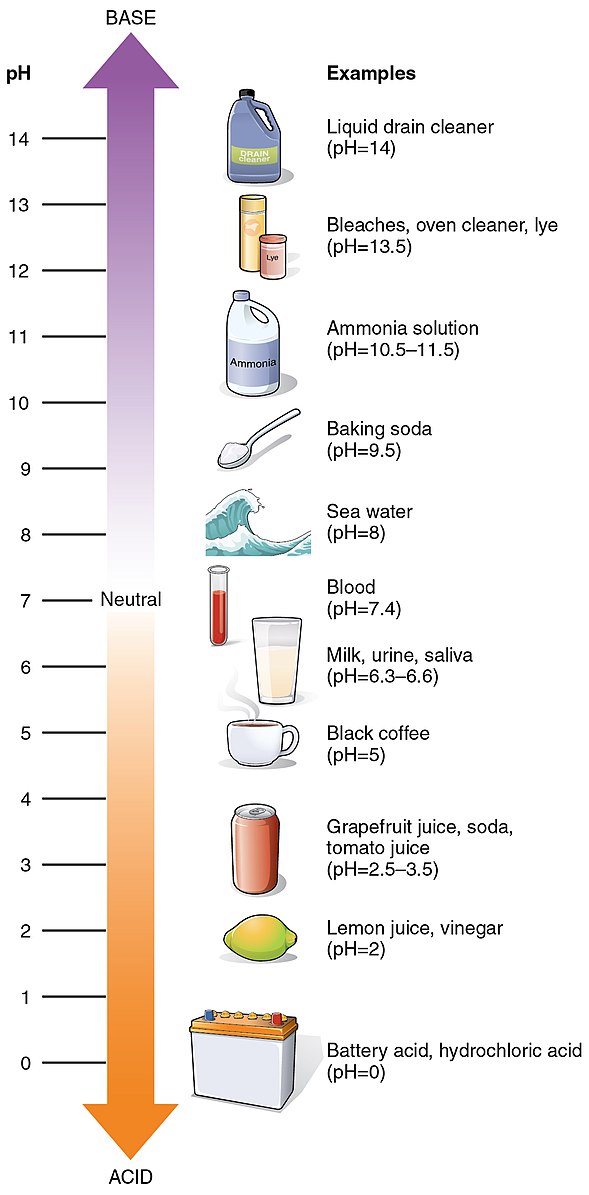The pH value of coffee with cream typically ranges from 6.5 to 6.7, as the addition of creamer slightly neutralizes the acidity of the coffee. The acidity in coffee is influenced by several factors, including roasting, brewing method, and fineness of the grind. Lighter roasts tend to be higher in acidity, while darker roasts are lower. Cold-brewed coffee is significantly lower in acidity than hot coffee, and a longer brewing time results in a less acidic beverage.
Factors Affecting the pH of Coffee with Cream
Roasting
The roasting process plays a significant role in the acidity of coffee. Lighter roasts tend to be higher in acidity, while darker roasts are lower. This is because the roasting process breaks down the chlorogenic acids in the coffee beans, reducing the overall acidity.
Brewing Method
The brewing method also affects the pH of coffee. Cold-brewed coffee is significantly lower in acidity than hot coffee, as the lower temperature extraction process results in fewer acidic compounds being extracted. Additionally, a longer brewing time can result in a less acidic cup of coffee, as the acids have more time to break down.
Grind Size
The fineness of the coffee grind can also impact the acidity of the final beverage. A finer grind may result in a more acidic cup of coffee due to the greater surface area exposed relative to volume, allowing for more efficient extraction of acidic compounds.
Compounds in Coffee with Cream
 Image source: OpenStax College
Image source: OpenStax College
Contaminants, chemicals, and substances present in coffee with cream may include chlorogenic, quinic, citric, acetic, lactic, malic, phosphoric, linoleic, and palmitic acids, which contribute to its unique flavor profile. The addition of creamer can help neutralize some of these acids, making the coffee more tolerable for those with sensitive stomachs.
Balancing the pH of Coffee with Cream
To balance the pH of coffee with cream, consider the following action steps:
- Choose Dark over Light Roasts: Darker roasts are lower in acidity compared to lighter roasts.
- Opt for Cold Brew: Cold-brewed coffee is significantly lower in acidity than hot coffee.
- Increase Brew Time: Using a brewing method like a French press, which allows for a longer brew time, can reduce acidity.
- Use a Coarser Grind: A coarser grind may result in a less acidic cup of coffee compared to a finer grind.
- Brew at Lower Temperatures: Brewing at a lower temperature can help reduce the extraction of acidic compounds.
Low-Acid Coffee Options
If you’re looking for low-acid coffee options, consider the following recommendations:
| Coffee Origin | Roast Level |
|---|---|
| Peruvian Pangoa | Medium-Dark to Dark |
| Sumatran | Medium-Dark to Dark |
| Mexican Yachil | Medium-Dark to Dark |
| Bolivian Caranavi | Medium-Dark to Dark |
These coffee origins and roast levels are naturally lower in acidity, making them a more gentle option for those with sensitive stomachs.
In conclusion, the pH of coffee with cream typically ranges from 6.5 to 6.7, with the addition of creamer slightly neutralizing the acidity of the coffee. By understanding the factors that influence the acidity of coffee, such as roasting, brewing method, and grind size, you can make informed choices to balance the pH and enjoy a more comfortable coffee experience.
